Ramadan, a time for deep reflection, spiritual growth, and devotion, brings with it a vibrant cultural display that spans across the Middle East and beyond. One of the most iconic symbols of this holy month is the Ramadan lantern, also known as fanoos in Arabic. These colorful, glowing lanterns are more than just beautiful decorations. They have a rich history, hold significant meaning, and add a sense of festivity and joy to the celebrations during this sacred time.
But what exactly is the Ramadan lantern, and where does it come from? How has it become such an integral part of Ramadan celebrations across the globe, particularly in Qatar and the wider Middle East? If you’re curious about these glowing treasures, you’re in the right place!
What is the Ramadan Lantern?
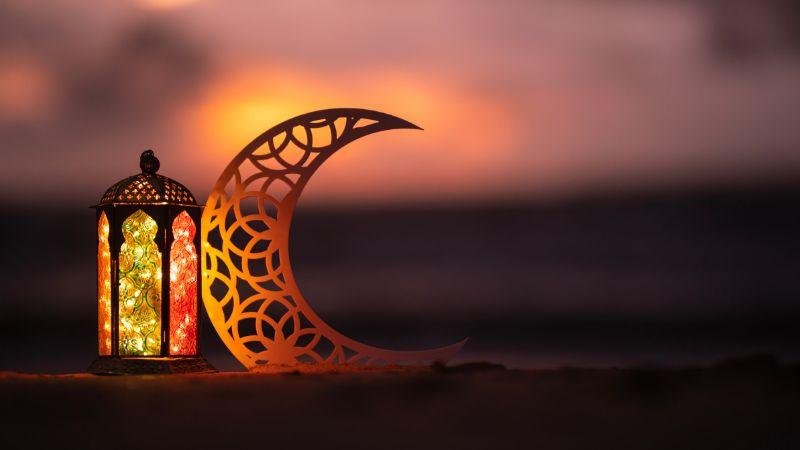
The Ramadan lantern, or “fanoos,” is a decorative lantern traditionally used during the holy month of Ramadan. These lanterns are known for their vibrant colors, intricate designs, and ability to brighten up any space they adorn. What makes these lanterns so special is their symbolic meaning and the atmosphere they create during Ramadan.
Ramadan lanterns come in a variety of shapes and sizes, with the most common being made of metal, glass, or wood. They often feature geometric patterns and are typically illuminated with candles or oil lamps inside. In recent times, LED lights have become popular for those who prefer a longer-lasting and less-flammable option. The warm glow they emit is not just for decoration; it serves as a reminder of the spiritual illumination that Ramadan brings to one’s life.
A Glimpse Into the History of the Ramadan Lantern
The tradition of the Ramadan lantern dates back centuries. It’s a symbol of light, hope, and warmth that has been passed down through generations, not just as a decorative item, but also as an emblem of the spiritual importance of Ramadan. While the exact origins of the fanoos may be debated, most historians agree that the tradition began in Egypt, over a thousand years ago.
In 969 AD (358 Hijrah), the Caliph Al-Mu’izz li-Din Allah visited Egypt to mark the first day of Ramadan. The military commander, Gawhar Al-Siqilli, ordered the people to line the streets with lanterns to light the way for the Caliph as he made his way through the city. This beautiful gesture of light not only guided the Caliph but also left a lasting impression on the Egyptian people.
From that day onward, lanterns began to be used to celebrate the holy month of Ramadan, with their glow symbolizing enlightenment, guiding the faithful through the spiritual journey of fasting and prayer. Over time, the tradition spread throughout the Middle East and the Muslim world, becoming an integral part of Ramadan celebrations. Today, Ramadan lanterns are cherished as much for their historical significance as for their visual charm.
The Magical Appeal of Ramadan Lanterns
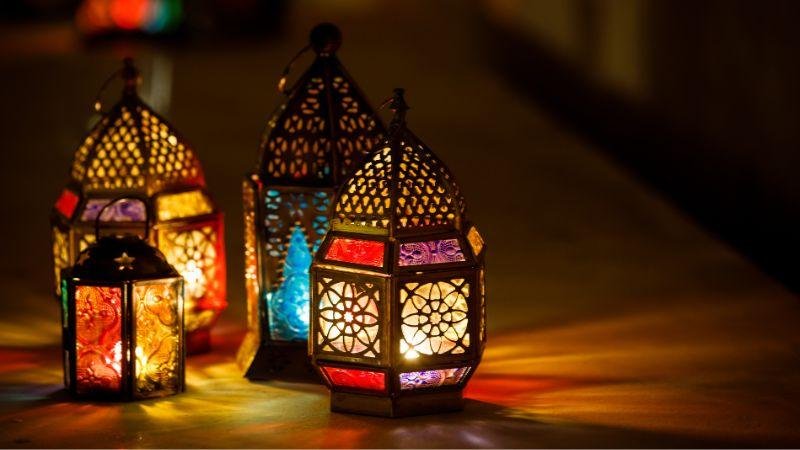
Ramadan lanterns are much more than just decorative lights. They’re vibrant, intricate works of art, often made with colorful glass, delicate metalwork, and unique designs. These lanterns come in various sizes and shapes, from small table pieces to large hanging lights that fill a room with warmth.
While some lanterns use candles or oil lamps, others have modern LED lights. But the true charm of the lanterns lies in the warm glow they cast, symbolizing spiritual illumination during the sacred month of Ramadan. The flickering light is not just beautiful; it serves as a reminder of faith, wisdom, and the importance of light in guiding Muslims through their spiritual journey.
Beyond their glow, these lanterns create mesmerizing patterns on walls and ceilings, adding an enchanting ambiance to the atmosphere. The fragrance of incense or scented oils often fills the air, making the experience even more magical.
Ramadan lanterns are found everywhere—homes, mosques, restaurants, and shops—transforming everyday spaces into festive havens. In places like Qatar and the wider Middle East, they bring a sense of joy and anticipation to the streets.
The Significance of the Ramadan Lantern
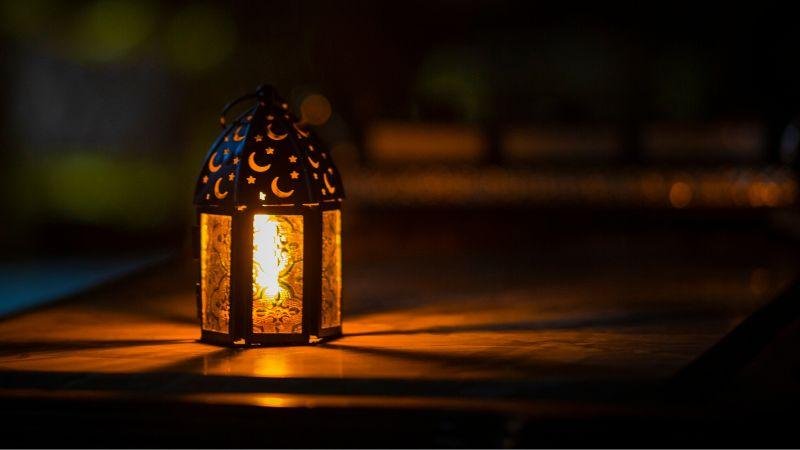
The Ramadan lantern symbolizes more than just beauty; it represents light—both literal and figurative. In Islam, light is a metaphor for guidance, wisdom, and knowledge. Just as the lantern lights the path during Ramadan’s long nights, it symbolizes the light of faith that guides Muslims through this sacred month.
The glow of the lantern also reminds people of charity and community. Ramadan is a time for giving—through acts of kindness, donations, and shared meals. The lantern’s light reflects the generosity and warmth that should come from every heart during this time.
Additionally, lanterns help bring people together. Families often gather around them, sharing meals and prayers. The lantern becomes a symbol of unity, connecting people and creating a warm, inviting atmosphere for all to enjoy.
The Global Appeal of the Ramadan Lantern
While the Ramadan lantern originated in Egypt, its popularity has spread far beyond the borders of the Middle East. Today, it’s common to see Ramadan lanterns in countries with large Muslim populations, from Turkey to Malaysia, Indonesia to Pakistan, and even in places like North America and Europe, where Muslim communities have embraced the tradition.
In Qatar, the tradition of using Ramadan lanterns is deeply ingrained in the culture. During the holy month, you’ll see lanterns lining the streets, hanging in shop windows, and illuminating the interiors of homes. The demand for these beautiful pieces of decor increases dramatically in the weeks leading up to Ramadan, as people prepare to celebrate the arrival of the month in style. The lanterns are sold in a variety of colors, shapes, and materials, from traditional brass to modern glass and plastic designs. Many are handmade, making each one a unique piece of art.
Where to Buy Ramadan Lanterns in Qatar
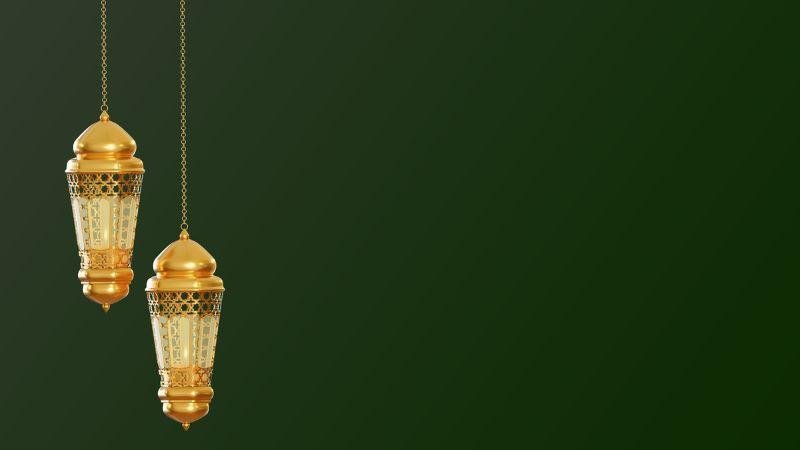
If you’re in Qatar and would like to bring home a Ramadan lantern for yourself or as a gift, you’re in luck. There are many places in the country where you can find these beautiful items, whether you’re looking for something traditional or more contemporary in design.
- Souq Waqif: This historic market is a great place to find authentic, hand-crafted Ramadan lanterns. Wander through its narrow alleys and discover lanterns of all shapes, sizes, and colors. From intricate brass designs to colorful glass lanterns, you’ll be spoilt for choice here.
- Villaggio Mall: For those looking for a more modern shopping experience, Villaggio Mall offers a variety of shops that sell Ramadan decorations, including lanterns. The mall’s elegant surroundings make it the perfect place to browse for festive decor.
- Doha Festival City: Known for its wide selection of stores, Doha Festival City offers a range of shops that sell Ramadan lanterns, including international home decor stores that carry both traditional and modern styles.
- Al Hazm Mall: This luxury shopping destination offers high-end home decor stores where you can find exquisitely designed Ramadan lanterns made from fine materials like crystal and glass.
- Local Markets and Street Vendors: If you’re looking for a more authentic experience, try visiting the smaller local markets or street vendors during Ramadan. Many shops set up special stalls selling lanterns during this time.
- Online Stores: For convenience, you can also shop for Ramadan lanterns online through platforms like Amazon or Souq.com, where you’ll find a wide selection of options to suit any taste or budget.
Why Are Ramadan Lanterns So Popular?
The popularity of Ramadan lanterns can be attributed to several factors. They are not only beautiful but also hold deep cultural and spiritual significance. They represent the light of faith, guide people during the holy month, and create a festive atmosphere that brings communities together.
In Qatar and the broader Middle East, where Ramadan is celebrated with great enthusiasm and devotion, the use of lanterns has become an integral part of the season. Whether used for decoration, prayer, or simply to add to the festive spirit, these glowing treasures are an essential part of Ramadan celebrations.
Additionally, Ramadan lanterns make great souvenirs. Visitors to Qatar and other Middle Eastern countries often buy them as keepsakes, taking home a tangible reminder of the warmth, unity, and joy they experienced during the holy month.
How to Decorate with Ramadan Lanterns

If you’re looking to add a festive touch to your home this Ramadan, consider incorporating lanterns into your decor. Here are a few ideas on how to use Ramadan lanterns to enhance the atmosphere of your space:
- Window Display: Hang a few colorful lanterns in your windows to let the glow shine through, creating a warm and inviting atmosphere.
- Table Centerpiece: Place a beautifully designed lantern in the center of your dining or coffee table. This can add a lovely touch to your iftar (meal to break the fast) gatherings.
- Entryway or Doorway: Place lanterns near your front door or on your porch to welcome guests and set a festive mood for the evening.
- Staircase or Hallway: Hanging lanterns in stairwells or hallways can create a magical, illuminated effect that transforms your home during Ramadan.
- Lantern String Lights: String several small lanterns together to create a garland of lights that can be draped over furniture, along walls, or around windows.
Conclusion
The Ramadan lantern is much more than just a decorative piece. It’s a symbol of light, hope, unity, and faith. Its history, cultural significance, and ability to bring people together make it one of the most beloved symbols of Ramadan. Whether you’re looking to buy one for your home, give it as a gift, or simply admire its beauty, the Ramadan lantern is a timeless tradition that continues to brighten the lives of people around the world.
Have you ever owned or seen a Ramadan lantern? What do you think of this beautiful tradition? Share your thoughts with us in the comments below! And don’t forget to like and share—it keeps us going!


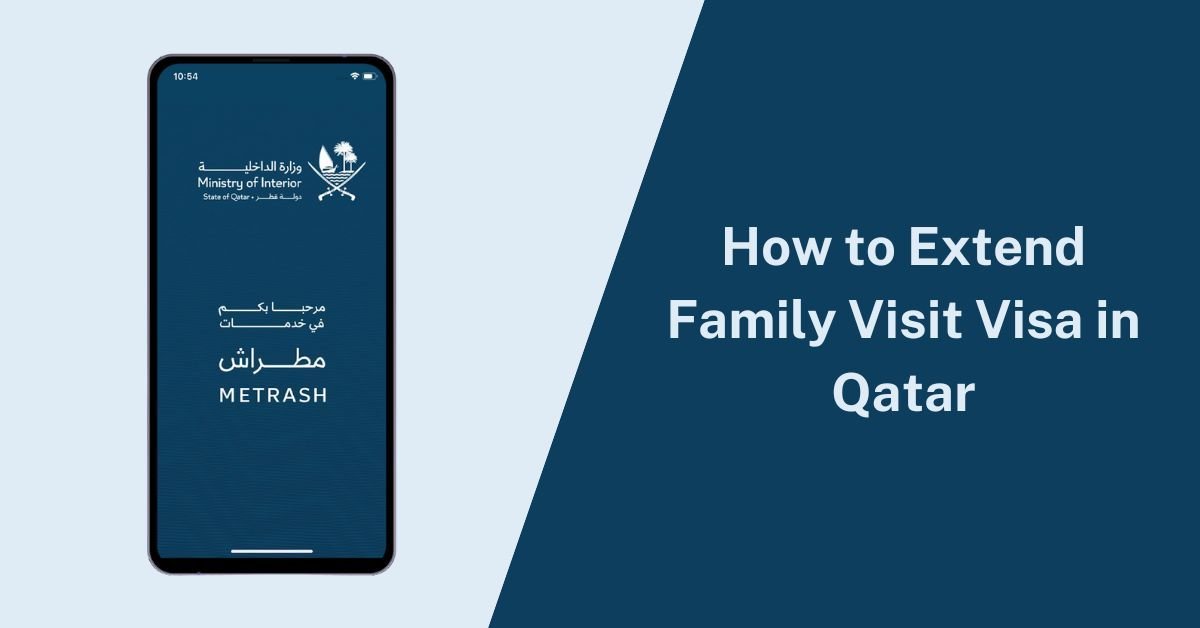
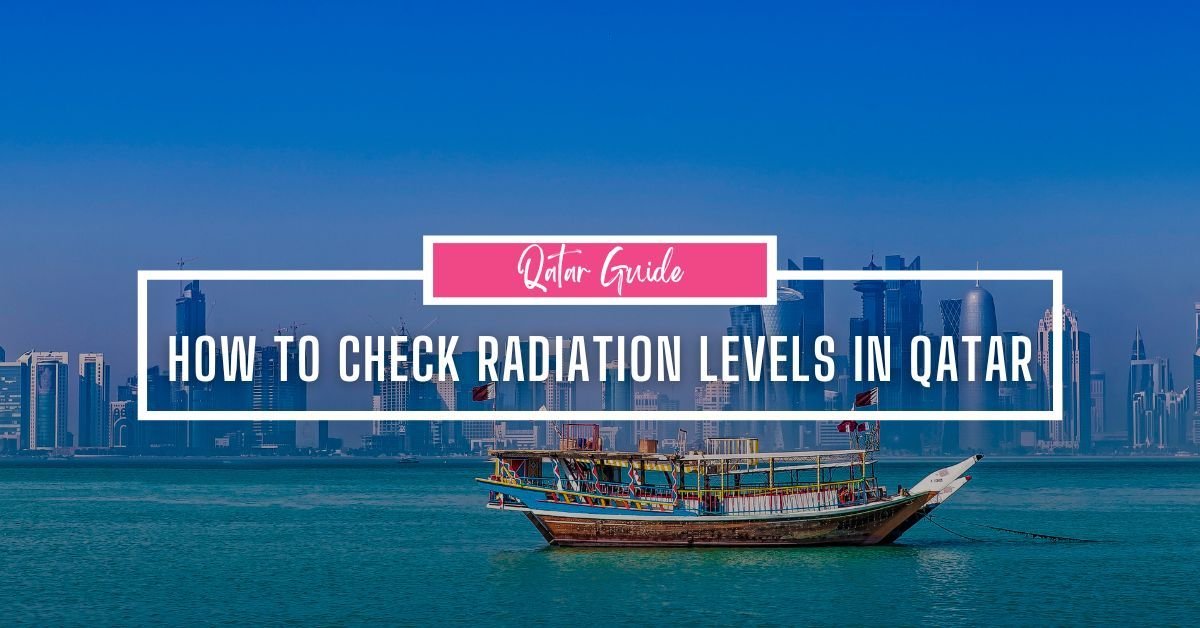




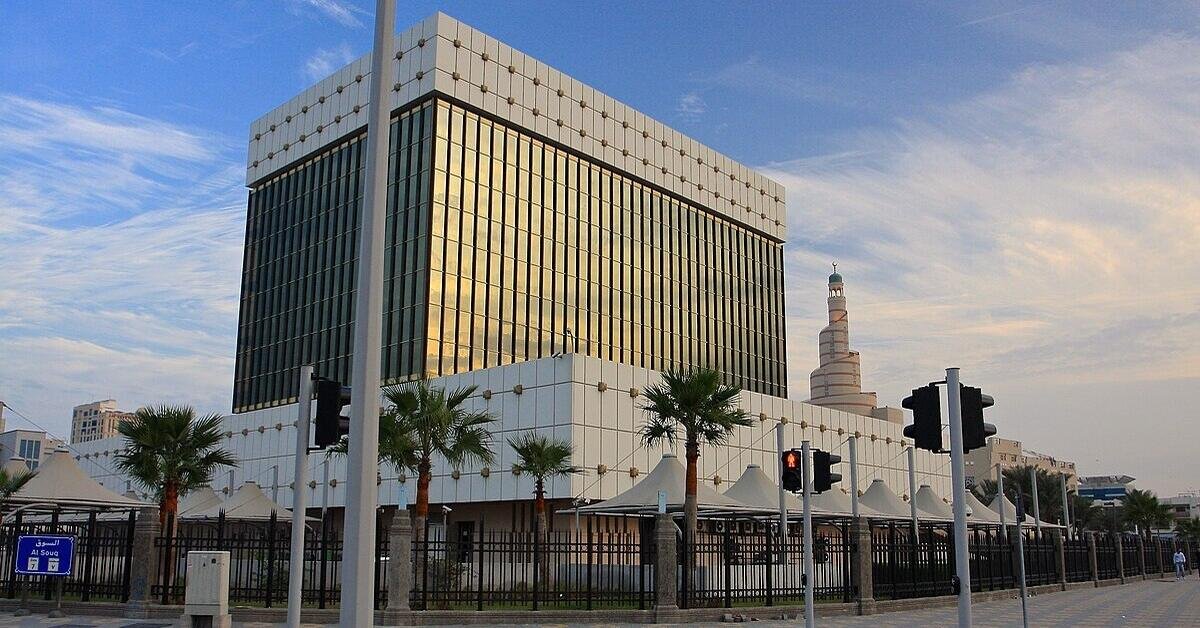



Add a comment